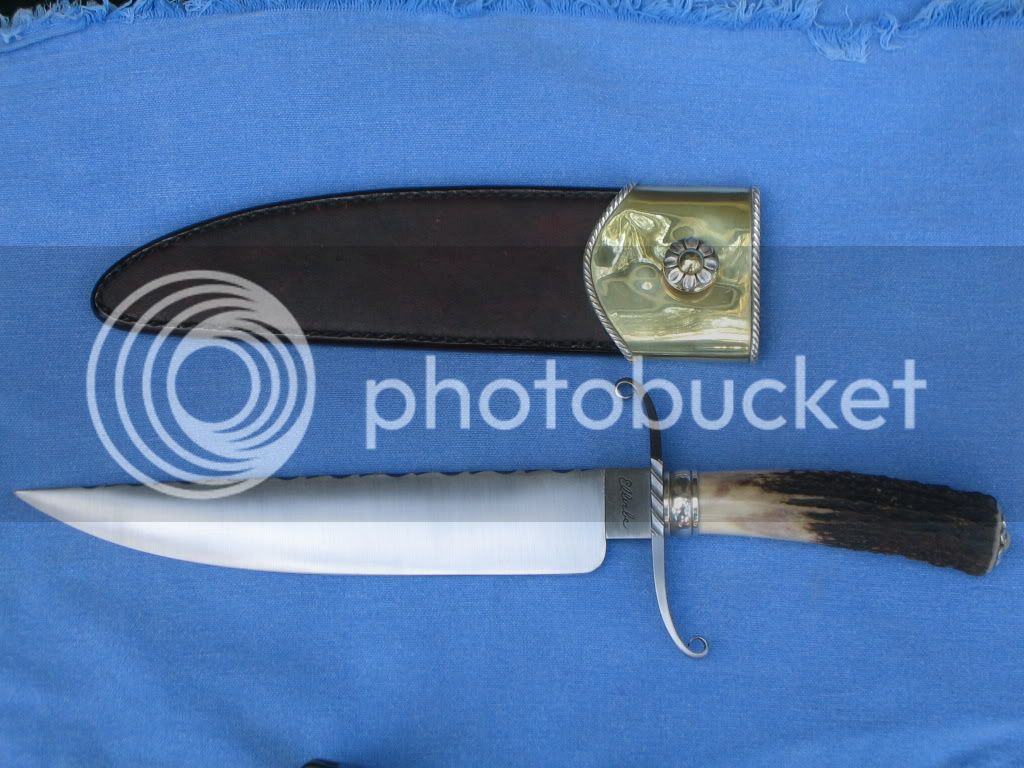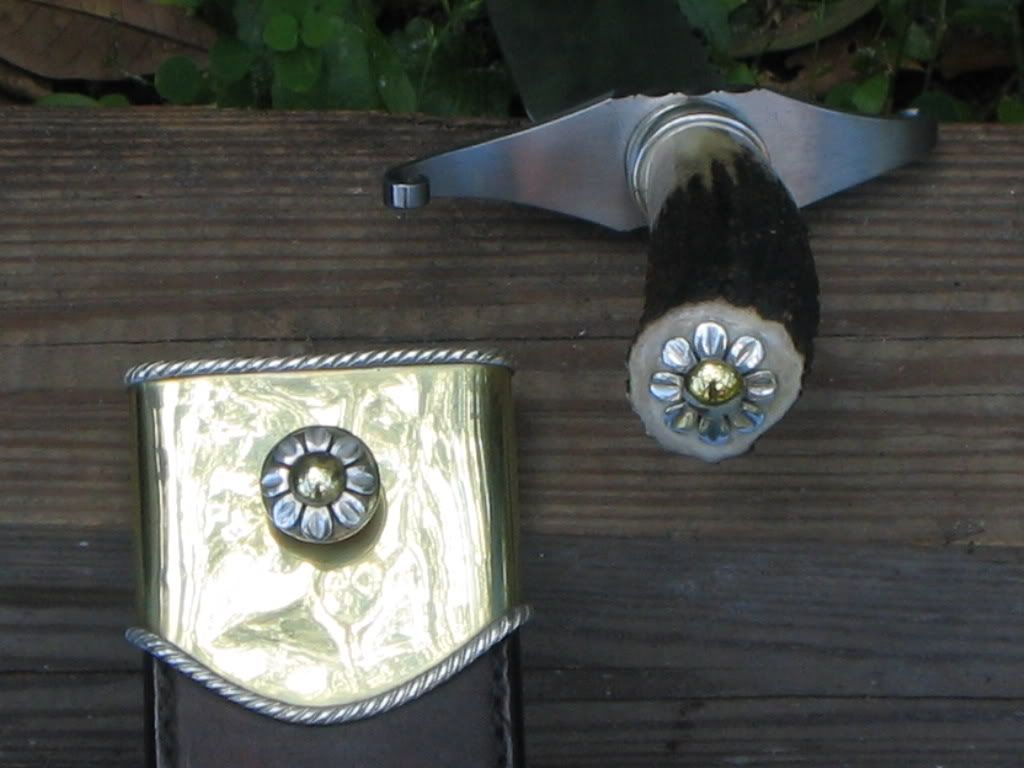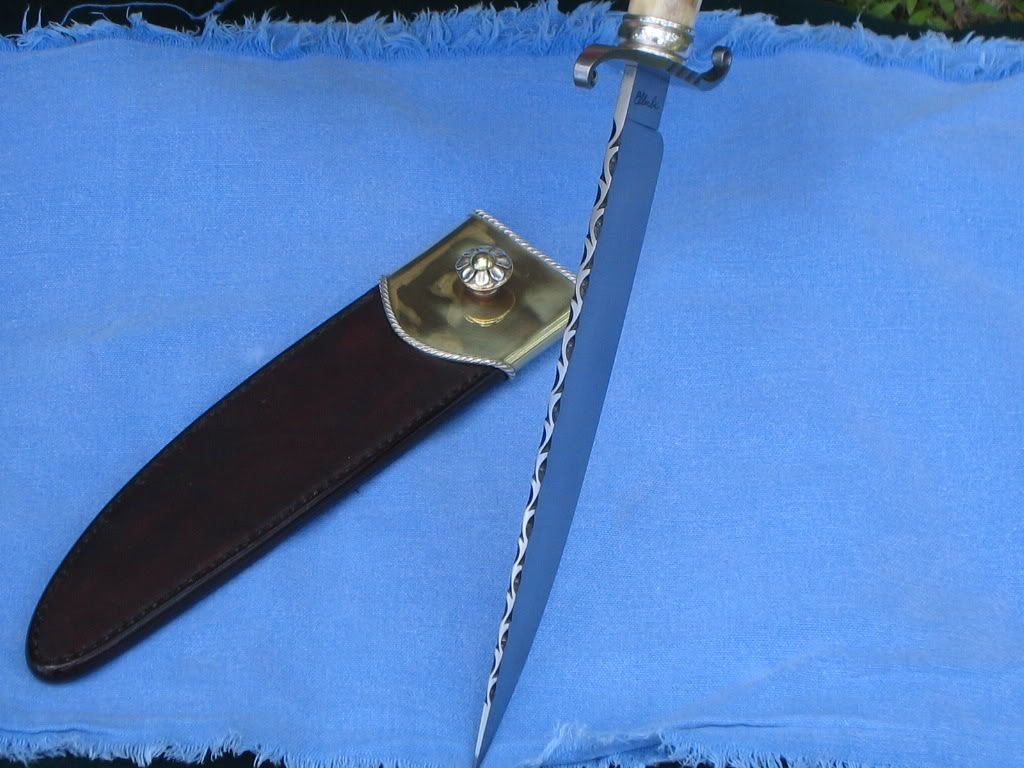aprayinbear
36 Cal.
Just wondering....
What material do you use when making a poured bolster on your historical knives? I have some "fake pewter" that I bought from.... I think it was TOTW. It is very soft and very bright. I need something that will stand up over time and hopefully take on a nice aged patina.
Also, what do you use for round or octagonal bolsters. I was thinking of buying some rod stack and cutting to size. Even rebar might work.
All suggestions welcome :thumbsup:
What material do you use when making a poured bolster on your historical knives? I have some "fake pewter" that I bought from.... I think it was TOTW. It is very soft and very bright. I need something that will stand up over time and hopefully take on a nice aged patina.
Also, what do you use for round or octagonal bolsters. I was thinking of buying some rod stack and cutting to size. Even rebar might work.
All suggestions welcome :thumbsup:







